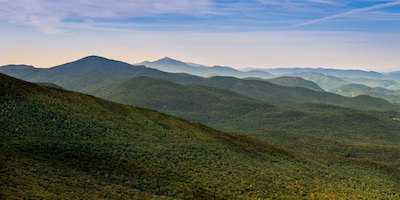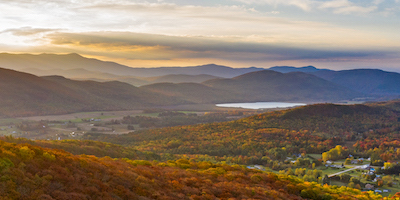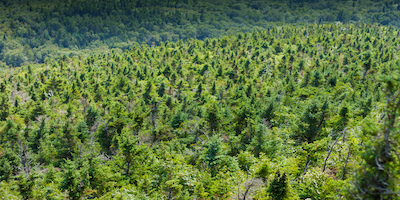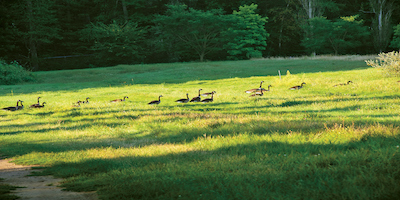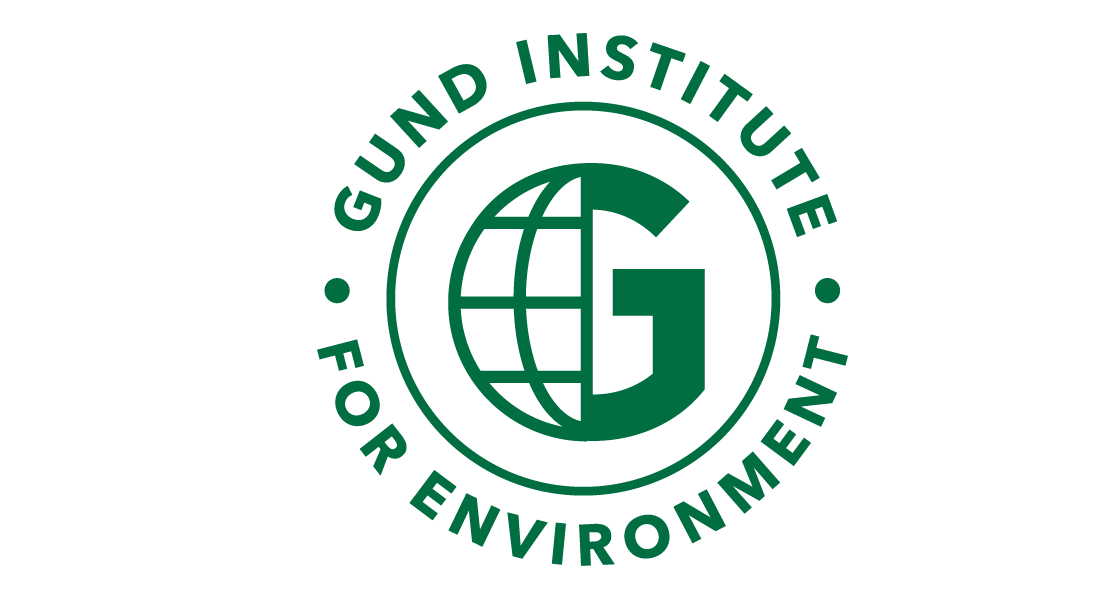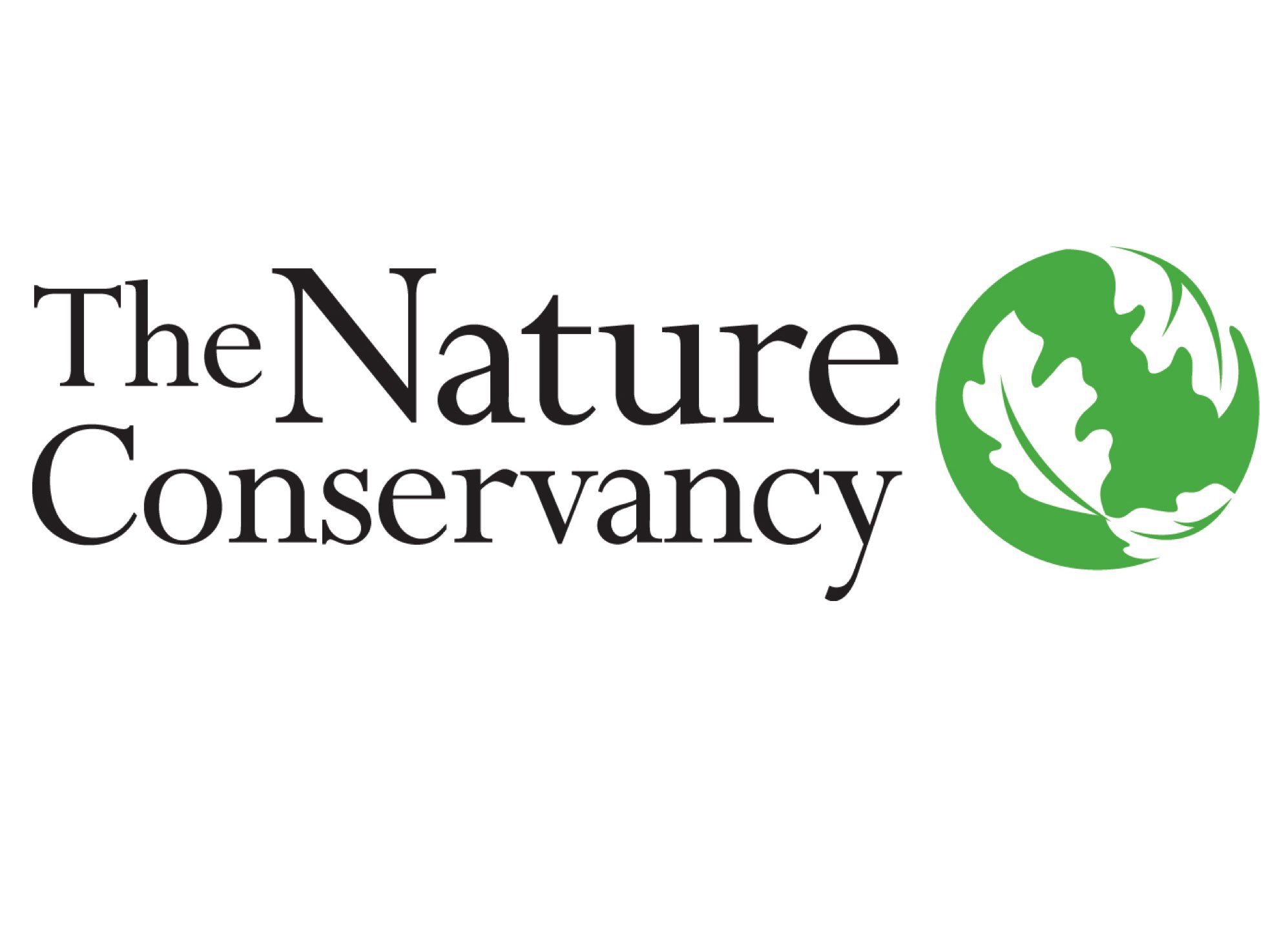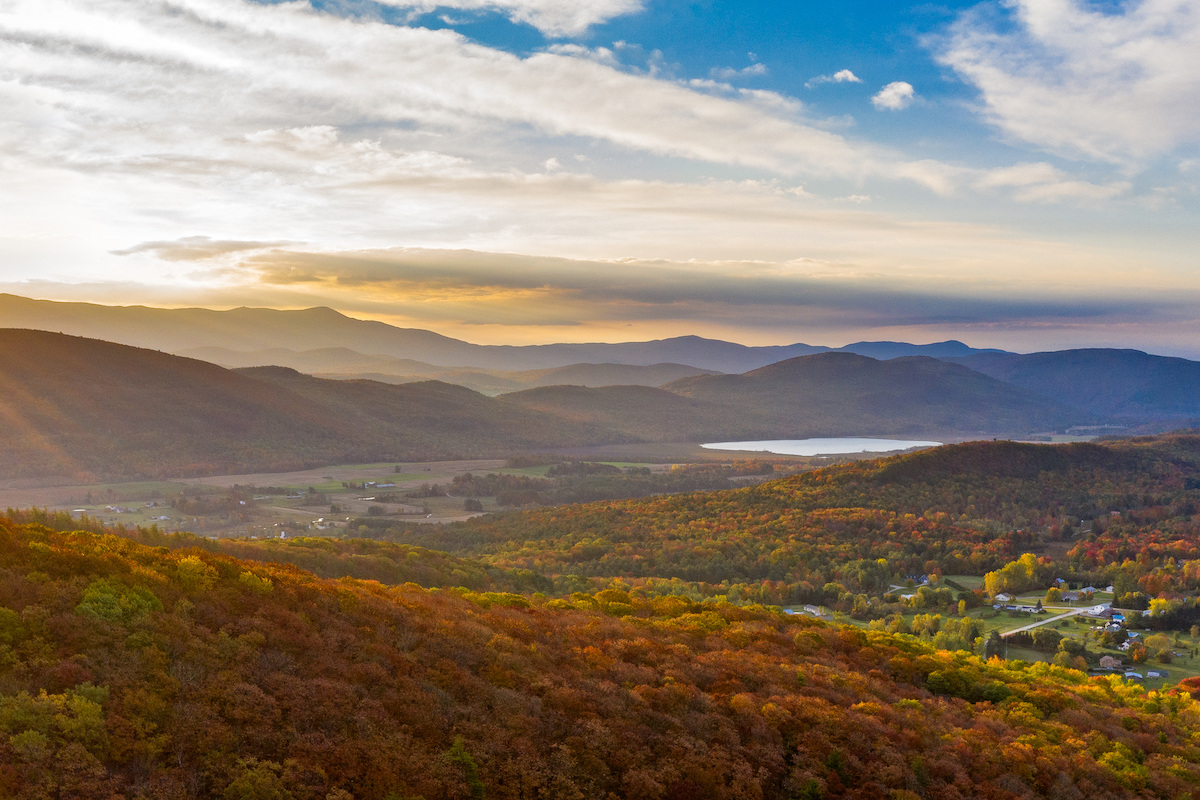
Chapters in the Vermont Climate Assessment
Download PDFs of each chapter and all figures
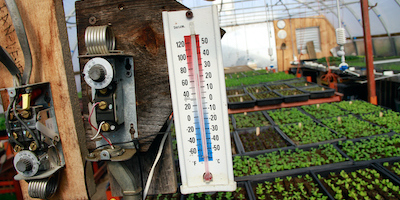
1. Climate Change In Vermont
Temperature and precipitation are increasing, leading to greater variability and heavier rain storms.

3. Water Resources
Changes in the water cycle affect water availability, water quality, and flood risks.
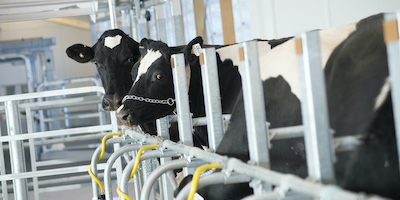
5. Agriculture and Food Systems
Farmers are adapting to variable growing conditions. Food systems will need to be more resilient.

6. Energy
Energy systems are affected by climate change and contribute as a major source of GHG emissions.
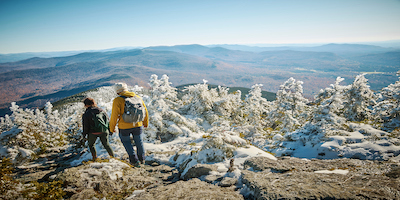
7. Recreation and Tourism
Climate change has variable impacts on recreation and tourism, including some favorable conditions and some risks such as shorter snow seasons.

8. Human Health
Climate change affects human health by exacerbating existing health problems and creating conditions for new problems to emerge, particularly among vulnerable populations.
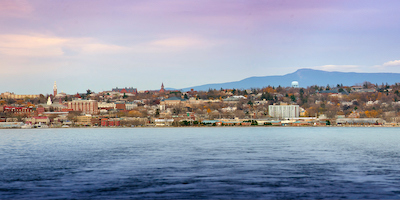
9. Community Development
Planning for resilience enables communities to respond to the interconnected ecological, economic, and social impacts of climate change.
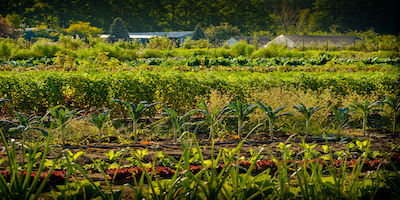
10. Carbon Sequestration in Agricultural Soils
As interest in soil health grows, more research is needed to understand the potential for sequestering carbon through farming practices in Vermont.
